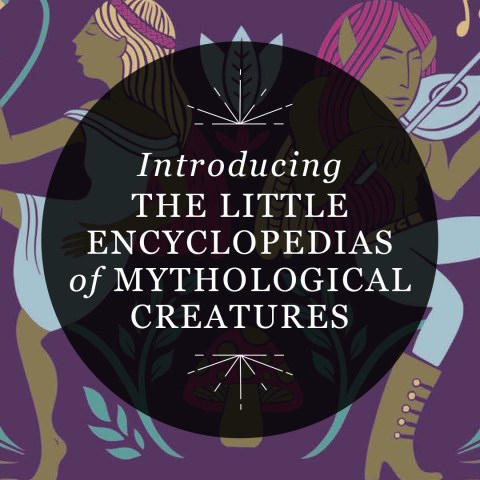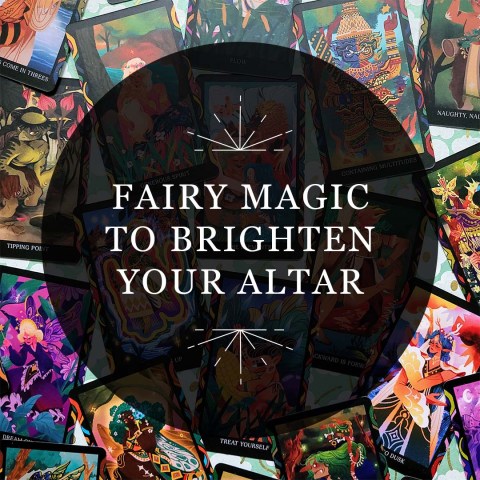Mythological Creatures of the Sea and Forest
We’re welcoming two new installments to our Little Encyclopedias of Mythological Creatures! Each of these volumes is giftable and packs the diverse heritage of folklore and magic from across the world into a small, take-with-you package. Our next two books dive into the rich histories of mermaids and woodland beings across cultures and eras. You’ll be delighted by familiar and beloved creatures plus new-to-you favorites! Take a sneak peek with four select entries from each.
Mystical Sea Creatures
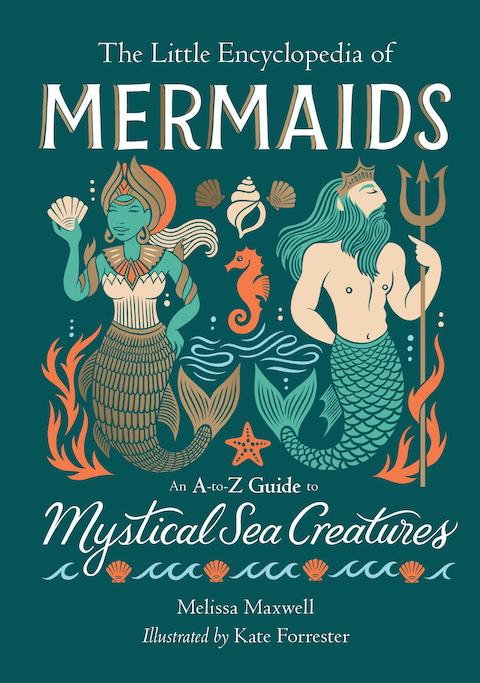
From the Isle of Man to the depths of the Sea of Japan, diverse mermaids from around the world come together in The Little Encyclopedia of Mermaids: An A-to-Z Guide to Mystical Sea Creatures by Melissa Maxwell, illustrated by Kate Forrester. Let’s take a look at Chinese Harien yu, Scottish Kelpies, Australian Yawkyawks, and Yemöja of Nigeria with abridged excerpts of their entries.
For even more inspiration from the world of mermaids, add our Mermaids suite, including the Mermaids Oracle Deck and Guidebook: Wisdom, Insight, and Enlightenment from the Legendary Creatures of the Sea also by Melissa Maxwell, the Mermaids 2-in-1 Double-Sided 500-Piece Puzzle, plus How to Spot a Mermaid: A Field Guide to Magical Sea People by Sarah Glenn Marsh, to your collection.

Hairen yu
The Taiping Guangi, completed in 978 during the early Song dynasty, is a collection of stories replete with mythical beings, one of which is the Hairen yu, or “sea human fish.” This creature lives in the East China Sea and has a body resembling a beautiful young woman without legs. Her skin is the color of white jade and is covered in fine, soft multicolored fur. She has horsetail-like hair that grows as long as her body. Hairen yu are not known to harm people. In fact, widows and widowers on the shore capture Hairen yu and keep them in pools. Later texts build upon this description to say that Hairen yu drink wine, which makes their cheeks turn pink like peach blossoms.
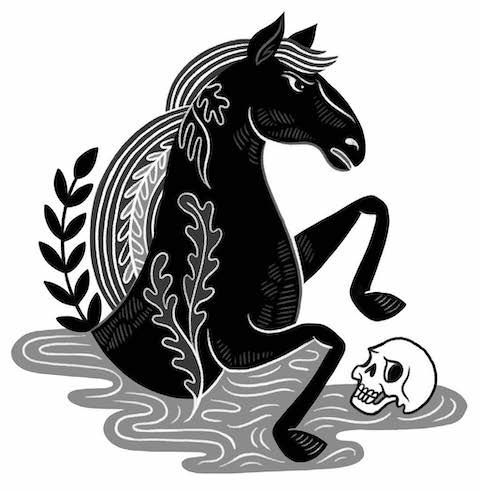
Kelpies
The kelpie is a water spirit from Scottish folklore that haunts lochs and rivers. Kelpies are often described as black horselike creatures that live in water and prey on people. They can shape-shift into human form to lure their victims and are sometimes depicted as a human-horse hybrid with hooves instead of feet. Some say you can recognize a kelpie horse by its hooves, which are reversed in comparison to those of a regular horse. In human form, you can spot a kelpie by the water weeds in their hair. Kelpies are known for their cunning and sinister nature. In one tale, a laird from the Graham family managed to capture a kelpie and forced it to build him a castle. Once the castle was built, the kelpie put a curse on the Graham family before returning to the water. The family fell into hardship and their clan eventually died out.
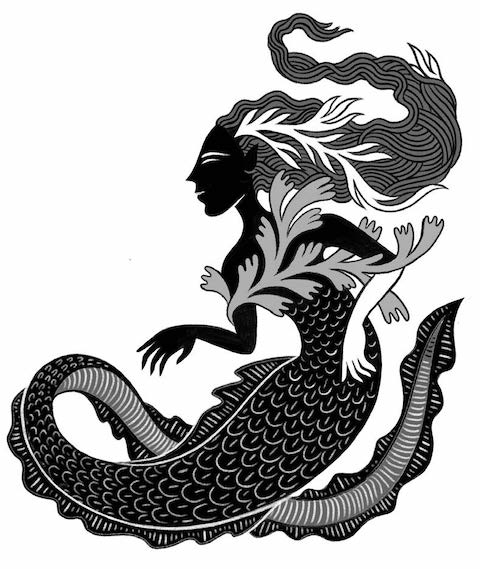
Yawkyawk
In Northern Australia, there are freshwater ponds and streams inhabited by Yawkyawks. Indigenous Australian peoples of Western and Central Arnhem Land believe the Yawkyawk is an ancestral spirit. The word Yawkyawk can be translated as “young woman” and “young woman spirit being” in the Bininj Kunwok languages. Yawkyawks are likened to mermaids because they have the upper body of a woman and the lower body of a scaly fish. Their long hair looks like flowing trails of green algae. The Yawkyawk is also a shape-shifter that can take on the form of a turtle, a dragonfly, or a beetle. It can also grow legs and leave its watery home to explore dry land. Sometimes it emerges from beneath the water to bask on the sunny bank.
Yawkyawks have the power to manipulate weather and bring much-needed rain. If the Yawkyawk is angered, it may bring destructive storms and floods. Like many water spirits throughout different cultures, the Yawkyawk is also associated with fertility. Women might swim at a Yawkyawk site to stimulate reproduction.
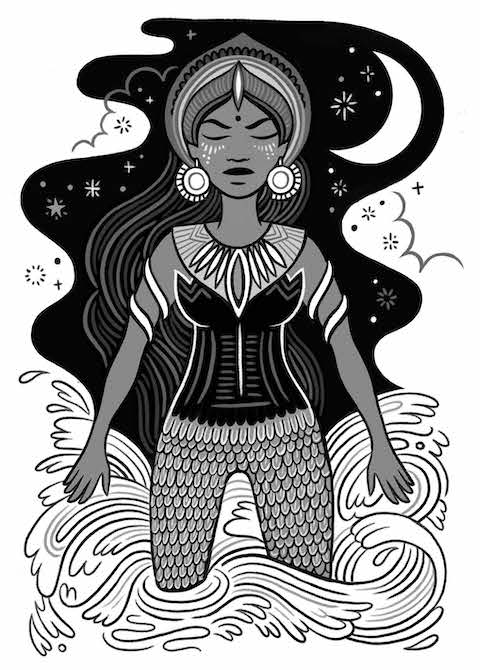
Yemọja
The Yoruba people of West Africa worship the water goddess Yemọja. There are four hundred gods, called orishas, in the Yoruba spiritual pantheon, and each represents a different force of nature. Yemọja is the mother of all orishas, signifying the importance of water to life. She is often portrayed as a mermaid and is the patron deity of the rivers. Although Yemọja can visit other bodies of water, her home is the Ogun River in Nigeria. The legend goes that when her waters broke, it produced a great flood that created rivers and streams. The first humans are said to have come from her womb. As such, Yemọja is the ultimate giver of life who is associated with family and motherhood. She governs fertility, both in terms of childbirth and agricultural abundance, and is seen as a protector of pregnant women and children. Yemọja is considered a caring presence who helps in matters of love and healing. She is not quick to anger, but she can become destructive if she is disrespected or if her children are hurt. When this happens, she might manifest as dangerous flood-waters or a tidal wave.
When Yoruba people were forcibly taken during the transatlantic slave trade, their worship of Yemọja traveled with them. Today, she is venerated in various forms across the African diaspora, especially in Afro-Caribbean and Afro-American religious practices.
Mythical Beings of the Forest
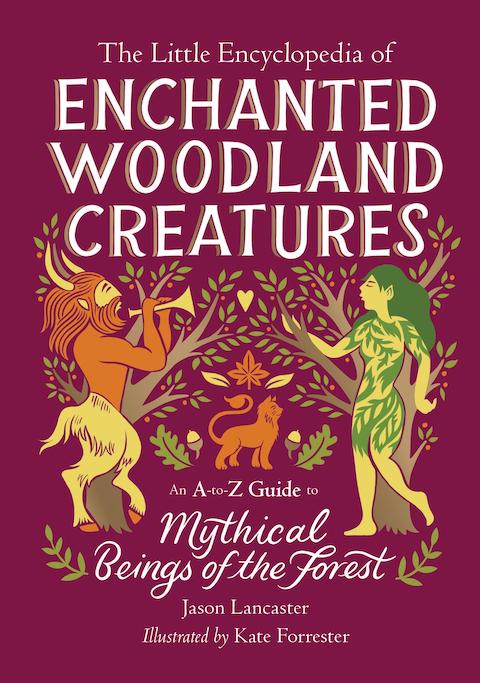
From the forest glens of Romania to the mountain aeries of Colorado, magical forest beings from around the world come together in The Little Encyclopedia of Enchanted Woodland Creatures: An A-to-Z Guide to Mythical Beings of the Forest by Jason Lancaster, illustrated by Kate Forrester. Let’s take a look at the North American Glawackus, the Maori god Tāne, Norse trolls, and the Korean deity Ungnyeo with their entries.
For even more inspiration from the forest’s mythical beings, add How To Spot a Magical Woodland Creature: A Field Guide to Enchanted Forest Animals by Sarah Glenn Marsh to your collection.
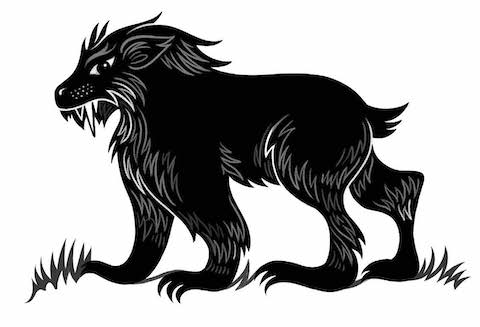
Glawackus
A legend from the stories of nineteenth-and twentieth-century North American lumberjacks, the glawackus is also known as the Northern Devil Cat. It has been described as looking like a mix between a lion, a bear, and a panther. This fearsome critter is blind and uses its super senses of both hearing and smell to get around. It screeches like a hyena. Farm animals and pets have been known to go missing or die with the glawackus emerging as the most likely suspect, especially in Glastonbury, Connecticut, where the Northern Devil Cat was once spotted by hundreds of people in 1939. All forest searches and hunts for the glawackus have come up with nothing. But even if you were to spot one in the wild, you might not remember. One look into its devilish eyes will erase your memory of ever having seen it.
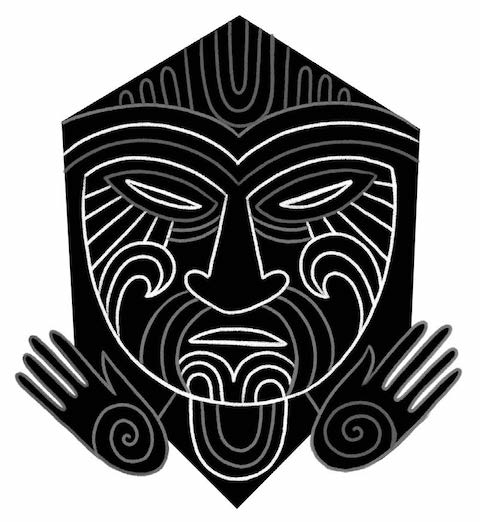
Tāne
Māori (Indigenous Polynesian’s) mythology says this god of forests and birds is the son of the sky father and earth mother. His parents held him and his siblings in darkness until Tāne revolted and split their parents apart. And thus, the world as we know it began. Tāne’s brother, Tāwhirimātea, the god of storms, didn’t like that his brother had split their family apart, so he unleashed his wrath upon the earth and sea. Tāne’s love was the forest, and Māori myth says his brother often tries to destroy it, killing all the trees and birds that he can. These battles over the earth and sea continue to this day. Tāne is said to have created the first man, Tiki, and from the soil of his mother earth, Tāne also created the first woman. He has provided humans with the things they need to fish and explore the sea, which is the realm of his brother, Tangaroa, who sometimes is seen in the form of a whale. This mythical lord of the forest watches over all humankind, especially citizens of the forest. Those who try to destroy the forest are his only enemies.
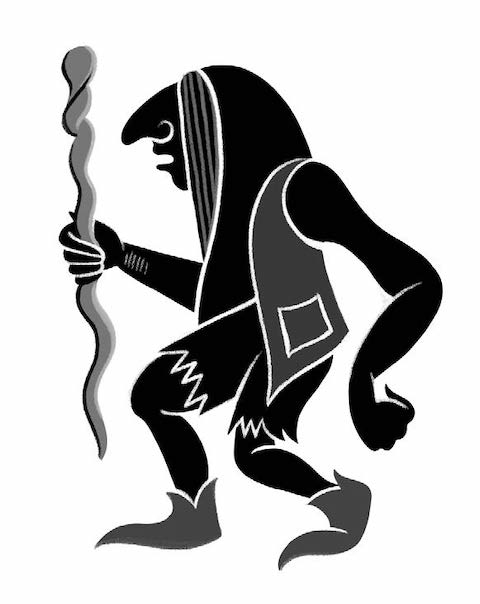
Trolls
Sometimes depicted as small, and other times large, according to the Nordic folklore or Norse mythology where they are mentioned, trolls dwell in isolated forest areas such as rocks, mountains, and caves, often living in small family units. In traditional tales, they don’t enjoy interacting with humans, and some legends say they could turn to stone if exposed to sunlight. They do not like to travel far from their homes. In some stories, trolls are known to be very smart, very old, and very strong. And while older tales may depict trolls as smaller beings, more modern depictions, like those in Tolkien’s Middle-earth, describe them as large, slow-moving, and not very bright. Other stories recount trolls as monsters known to kidnap humans. Some modern tales also depict trolls as adorable cartoonish creatures with penchants for hugging, singing, and dancing.

Ungnyeo
The Ungnyeo is the kind of forest creature that isn’t so easy to identify at first. Known as the “bear woman” in Korean folklore, she is an important part of Korean creation myths and legends. It all started in a cave where a tiger and a bear became friends, both of them yearning to transcend their animal forms and become human. They asked the celestial king, Hwanung, to grant them their wishes. He told them they must eat only twenty cloves of garlic and mugwort and to shun sunlight for one hundred days. After twenty days, the tiger couldn’t take it anymore and left the cave for the sun and a hunt; the bear, however, named Ungnyeo, stayed in the cave and became a woman on the twenty-first day.
Hwanung, moved by Ungnyeo’s loneliness when he spied her under a sacred Betula tree and by her wish to be a mother, eventually took her as his wife. Their union yielded a son named Dangun, who became the mythical founder of the Korean kingdom.
The narrative of Ungnyeo is layered with symbolism. She embodies the sacred lineage of the maternal deity, which is intricately woven into the Korean foundational narrative. This bears testament to the reverence accorded to both celestial and terrestrial forces, underscoring the profound unity between land and sky.
Dive Deeper
Add the full series to your collection! All four volumes are available now wherever books are sold.
Featured Titles
-
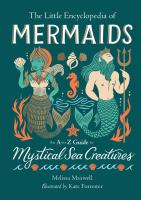
The Little Encyclopedia of Mermaids
$18.00
$24.00 CAD
-
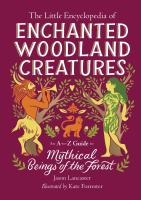
The Little Encyclopedia of Enchanted Woodland Creatures
$18.00
$24.00 CAD
-
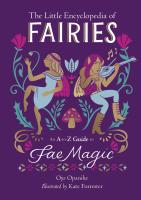
The Little Encyclopedia of Fairies
$18.00
$24.00 CAD
-
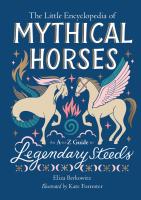
The Little Encyclopedia of Mythical Horses
$18.00
$24.00 CAD
-

Mermaids Oracle Deck and Guidebook
$20.00
$26.00 CAD
-
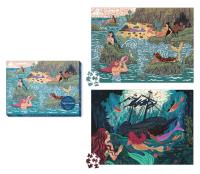
Mermaids 2-in-1 Double-Sided 500-Piece Puzzle
$20.00
$26.00 CAD
-
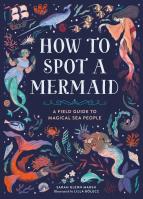
How to Spot a Mermaid
$17.99
$23.99 CAD
-
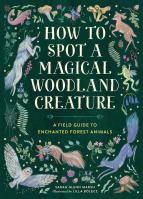
How to Spot a Magical Woodland Creature
$17.99
$23.99 CAD





